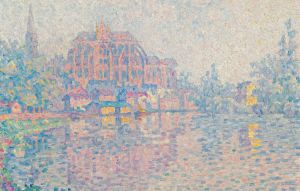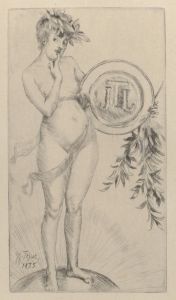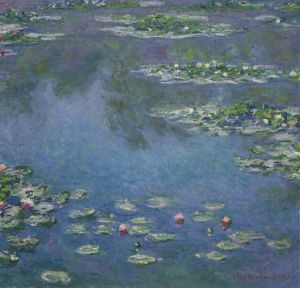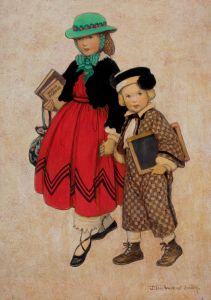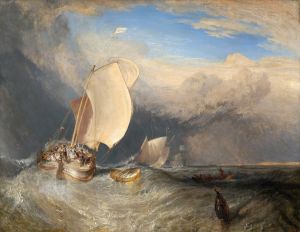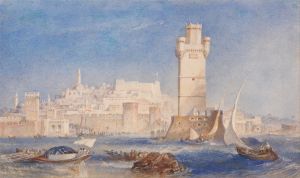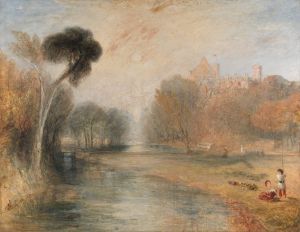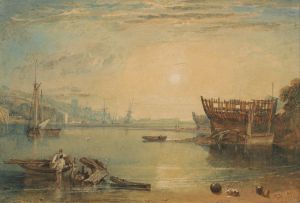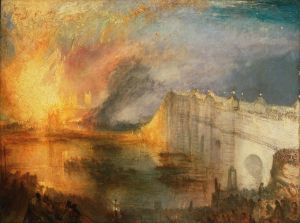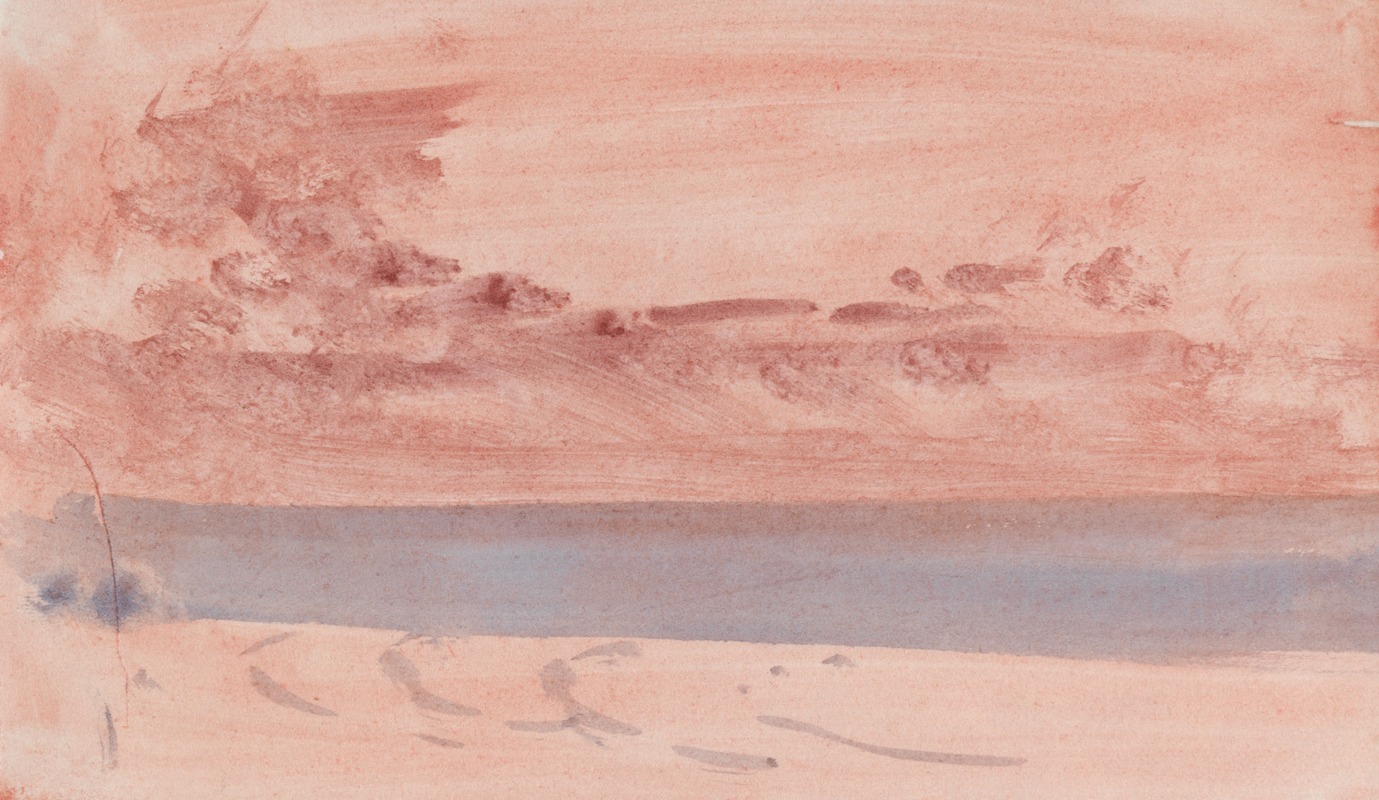
The Channel Sketchbook 39
A hand-painted replica of Joseph Mallord William Turner’s masterpiece The Channel Sketchbook 39, meticulously crafted by professional artists to capture the true essence of the original. Each piece is created with museum-quality canvas and rare mineral pigments, carefully painted by experienced artists with delicate brushstrokes and rich, layered colors to perfectly recreate the texture of the original artwork. Unlike machine-printed reproductions, this hand-painted version brings the painting to life, infused with the artist’s emotions and skill in every stroke. Whether for personal collection or home decoration, it instantly elevates the artistic atmosphere of any space.
Joseph Mallord William Turner, an eminent British artist known for his expressive colorization, imaginative landscapes, and turbulent marine paintings, created a series of sketchbooks throughout his career. One of these is "The Channel Sketchbook 39," which forms part of his extensive collection of works housed at the Tate Britain in London. Turner’s sketchbooks are invaluable resources for understanding his artistic process, as they provide insight into his preliminary ideas and techniques.
"The Channel Sketchbook 39" is one of many sketchbooks Turner used during his travels, particularly focusing on the English Channel. This sketchbook, like others, served as a portable studio where Turner could capture the essence of landscapes, seascapes, and atmospheric conditions that he later translated into his more finished works. The sketches within this book are likely to include quick studies of the sea, coastlines, and possibly ships, reflecting Turner’s fascination with the power and beauty of the sea.
Turner’s sketchbooks were not merely repositories of visual information; they were also spaces for experimentation. He often used them to explore different compositions, play with light and shadow, and refine his understanding of natural phenomena. The sketches in "The Channel Sketchbook 39" would have been executed with a variety of media, including pencil, watercolor, and ink, showcasing Turner’s versatility and skill in capturing fleeting moments with immediacy and precision.
The significance of "The Channel Sketchbook 39" lies in its contribution to the broader understanding of Turner’s work and the Romantic movement in art. Turner was a master of capturing the sublime, a concept central to Romanticism, which emphasized the awe-inspiring power of nature and the emotional response it evokes. His sketches of the Channel likely reflect this interest, portraying the ever-changing moods of the sea and sky.
Turner’s sketchbooks, including "The Channel Sketchbook 39," are preserved as part of the Turner Bequest, a vast collection of his works bequeathed to the British nation upon his death in 1851. This bequest included approximately 300 oil paintings and around 30,000 sketches and watercolors, providing an unparalleled insight into his artistic journey. The sketchbooks are particularly valued for their raw and unfiltered glimpse into Turner’s creative process, offering scholars and art enthusiasts alike a deeper appreciation of his genius.
While specific details about the individual sketches within "The Channel Sketchbook 39" may not be extensively documented, the sketchbook as a whole remains a testament to Turner’s dedication to capturing the natural world in all its complexity and beauty. Through these sketches, Turner honed his ability to convey the dynamic interplay of light, color, and atmosphere that would come to define his celebrated paintings.
In summary, "The Channel Sketchbook 39" is an integral part of Joseph Mallord William Turner’s oeuvre, reflecting his enduring fascination with the sea and his mastery of capturing the sublime. It stands as a crucial piece of art history, offering insights into the mind of one of Britain’s most revered artists and his contribution to the Romantic movement.





